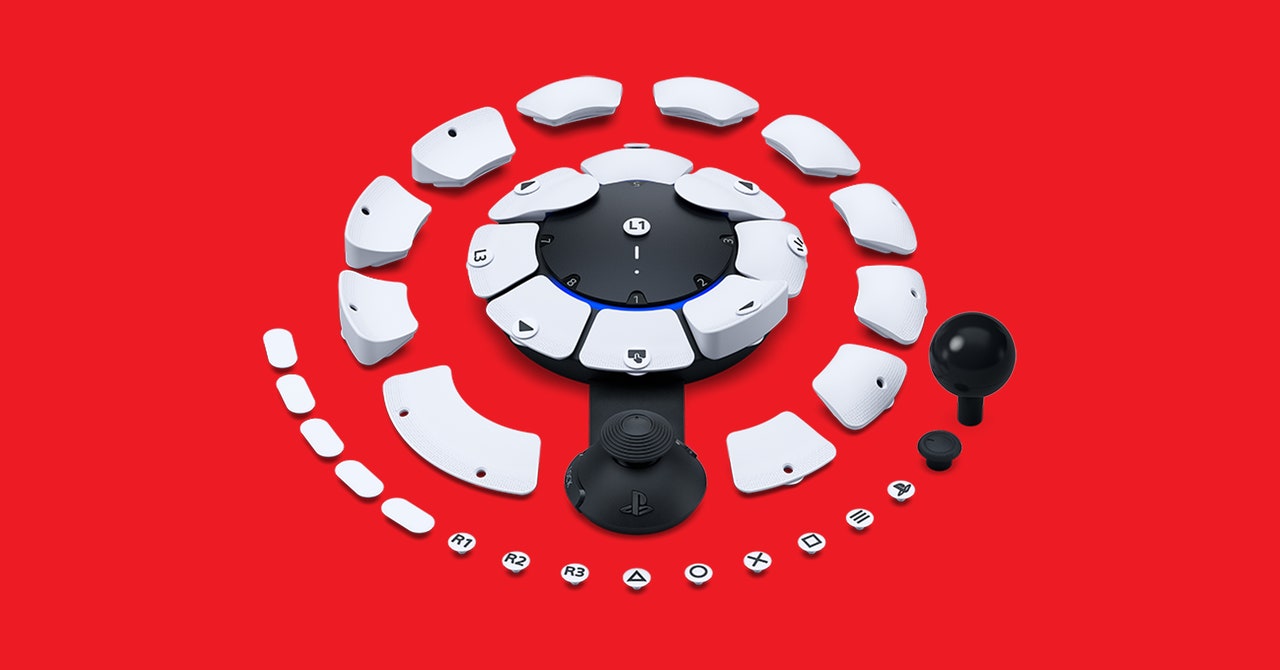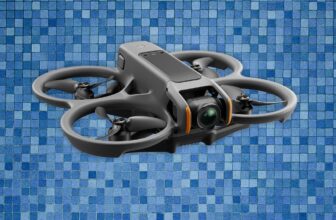
Equally, third-party choices which can be smaller, greater, or unorthodox shapes could be higher for gamers than adaptive controllers and keep away from the steep prices related to them. “That form of low cost entry level may not be one thing many consider as accessibility,” Dale continues. “However bizarre unofficial controllers with simply the right combination of options are an enormous cause I used to be capable of sport in my teenagers.”
With accessibility being pulled into the orbit of proprietary controllers, nonetheless, options—if they continue to be viable—are misplaced behind a paywall erected by the Entry controller and its friends.
Worse, specializing in adaptive controllers can masks different methods we ought to be mitigating the price of accessibility. When Todd Howard positioned the onus on the XAC when pressed on accessibility in Starfield, he exemplified how straightforward it’s to lose sight of the significance of software program degree accessibility.
If we purchase a sport solely to search out it inaccessible, that in itself represents a wasted expense. However this extends to creating {hardware} extra accessible and, specifically, extra customizable on a software program degree. How far more? “Finally, as customizable as attainable,” Kraft says. “If on the Xbox there have been so many choices for customizing the best way your controllers and your XAC labored that it was simply overwhelming, then you definitely may need a discount within the quantity of people who want different issues.”
Nor ought to we ignore the data vacuum that accompanies accessible {hardware}. “To enhance the price of accessibility disabled players want a spread of decisions and a neater method to analysis and entry completely different accessible options,” says Gohil. One thing that, arguably, Sony and Microsoft ought to be doing extra to mitigate.
Luckily, it will also be addressed with out them. The onus is at present on charities to take action when a well-resourced, affiliated, and platform agnostic group can be better-equipped. “A extremely good match for this might be someone like Epic, who has the Unreal engine,” he says. “You may have video games on the Unreal engine which can be going onto PlayStation, which can be happening a Nintendo, which can be going into Xbox, PC.”
It might sound like a small factor, however merely understanding what’s on the market and what it does can cease gamers losing cash on options inappropriate to their experiences. Nonetheless, even these particular options should be a part of a wider, numerous, and inexpensive panorama of accessible {hardware} and never regarded upon as final options to the excessive prices of accessibility. One thing made exponentially tougher by the potential of the main focus being positioned on the thought of a single answer—even when, in a really perfect world, we had a cross-party adaptive controller.
None of this could counsel the Entry controller isn’t a welcome addition to accessible {hardware} options, however nor ought to we think about it a panacea to videogame inaccessibility. With its $90 price ticket, it does little to mitigate the present price of accessible {hardware}, particularly because it and different adaptive controllers are brute compelled into the place of being the solely answer for his or her consoles.
It’s one thing that has the potential not simply to restrict the choices for gamers but additionally decelerate the discount of prices that stay prohibitive, pushed into inertia by the really useful retail value of proprietary units. In so doing, stagnating the spectacular progress we’ve seen in the previous few years and additional punishing gamers with steep prices, merely for being disabled. For, as Gohil says, for all the problems in accessibility, “the growing monetary pinch on disabled players is a key issue making gaming inaccessible.”







